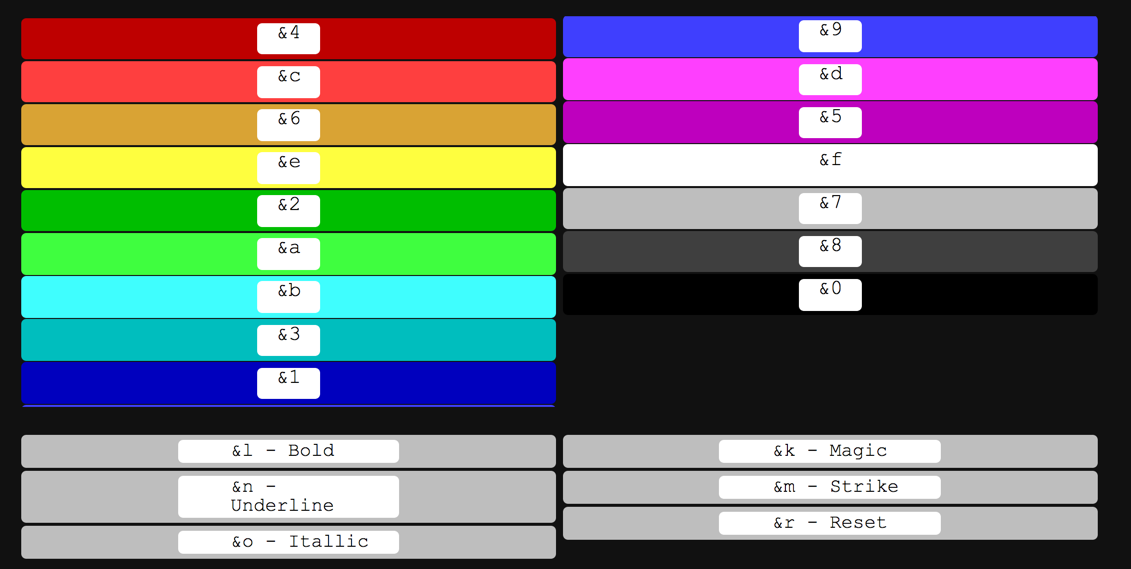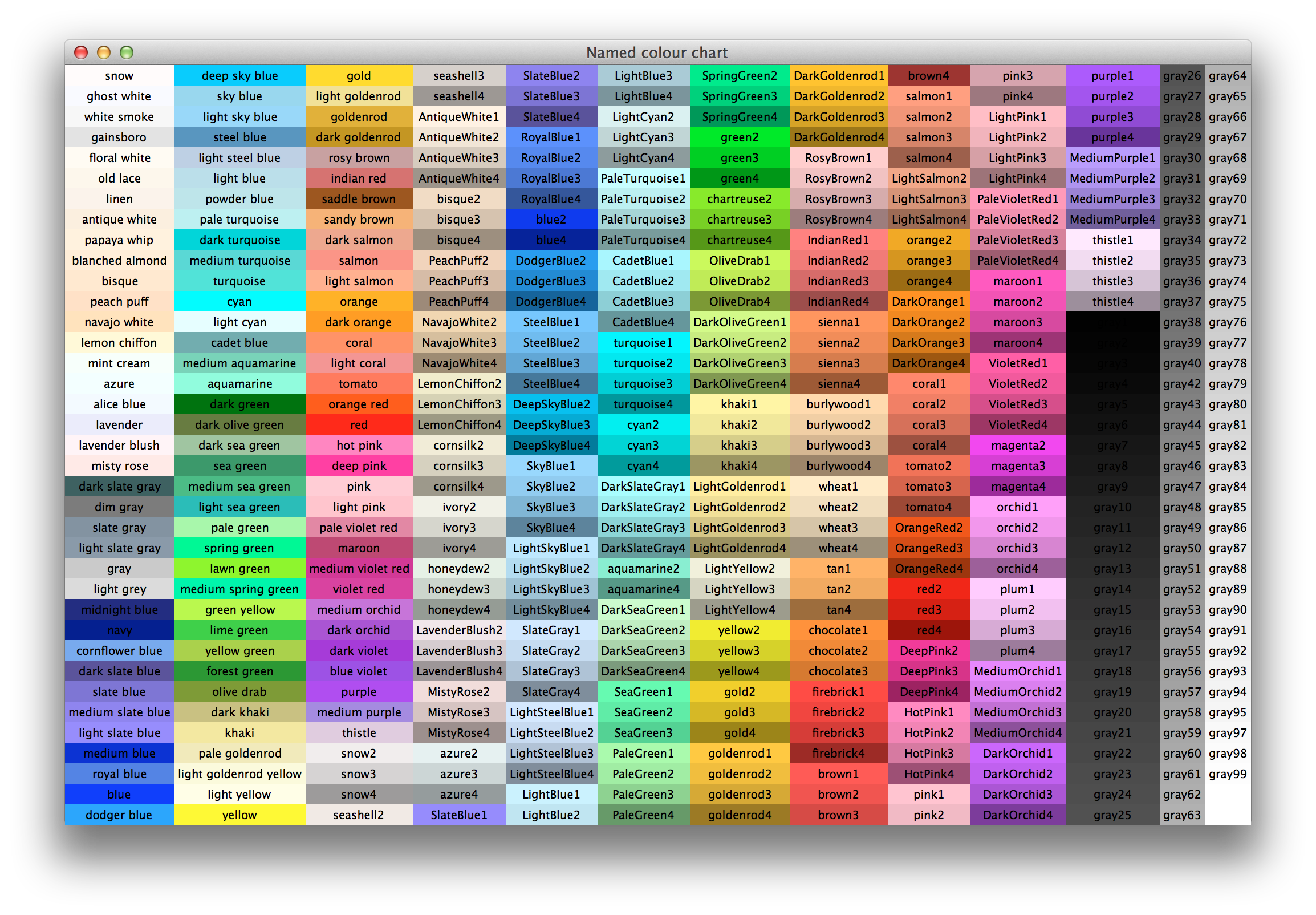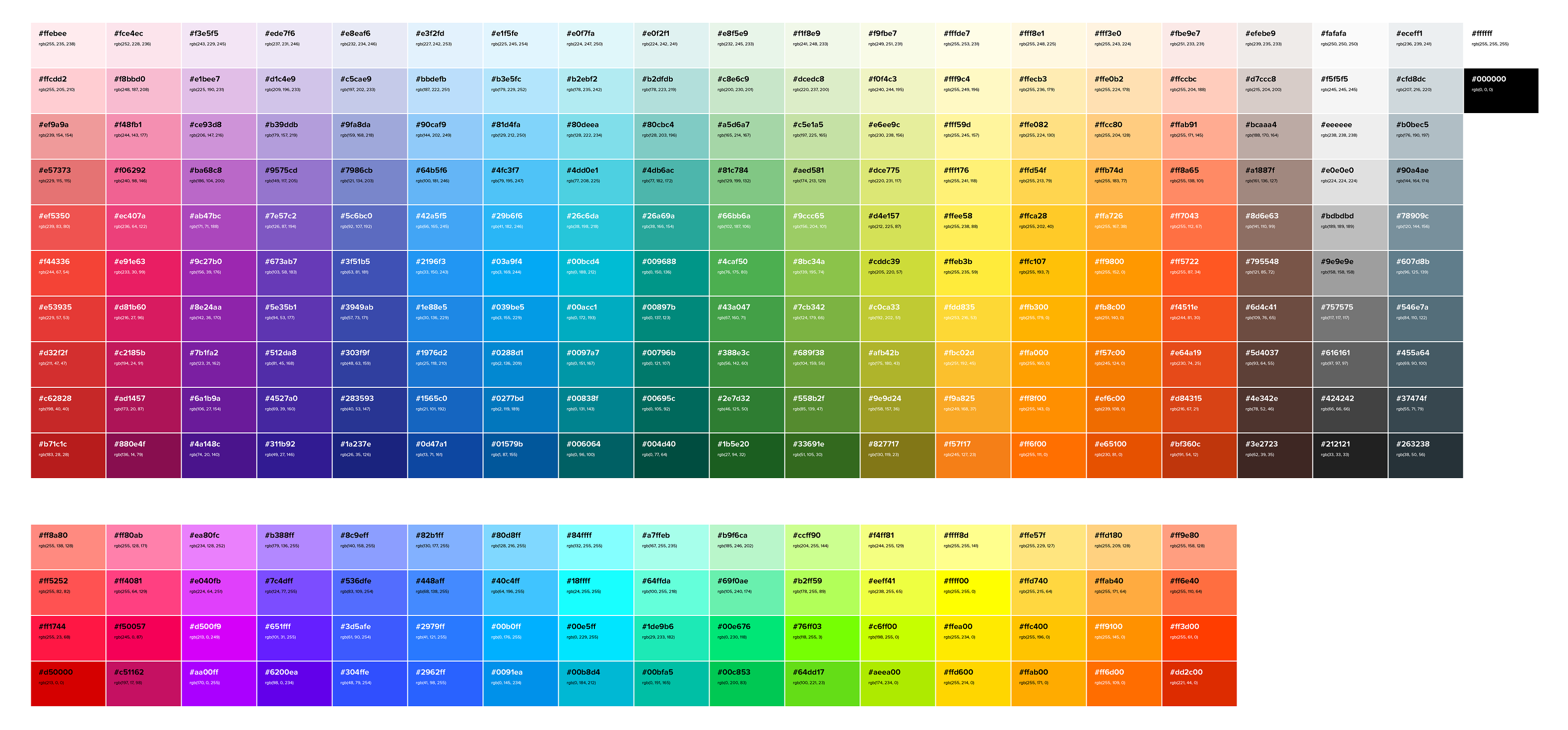

The university color palette was created to complement our signature Aggie. To use a colour in a template or table you can use the hex.
Html font colorguide full#
This ensures that viewers who cannot see the full color spectrum are able to read the. See the guides to editing articles for accessibility at contrast, accessibility and navbox colors. To meet these standards, text and interactive elements should have a color contrast ratio of at least 4.5:1. Dont rely only on the appearance of the font (color, shape, font. Besides consistent use of logos, another component is consistent use of color. WCAG (Web Content Accessibility Guidelines) ensure that content is accessible by everyone, regardless of disability or user device. Use the style attribute for styling HTML elements Use background-color for background color Use color for text colors Use font-family for text fonts. Please see the 'Related Document' for details on CSS. You can also specify it like ' +2 ' or ' -2 '. React Native only supports lowercase color names. Style guide and pattern library promoting accessible components and WCAG compliance. size'' (The size of the font) Specify a number from 1 (small) to 7 (large).

Below is a color chart of the 216 palette which includes the RGB values and the HEX. Web Colors To meet web accessibility standards, text on the web must be in high contrast to its background (7:1 for body text, 4.5:1 for headings). React Native supports also colors as an int values (in RGB color mode): For instance, when choosing background or font color tags in HTML. React Native supports hsl() and hsla() in functional notation: React Native supports rgb() and rgba() in both hexadecimal and functional notation: DynamicColorIOS is iOS specific and allows you to specify which colors should be used in light or Dark Mode.Ĭolor representations Red Green Blue (RGB) .You can get the final result by making your text color transparent with the color. PlatformColor lets you reference the platform's color system. This step gives some colors to your text, but not exactly what you want.React Native has several color APIs designed to allow you to take full advantage of your platform's design and user preferences.
 The
The The hexadecimal color codes can be used throughout your entire web. To learn more about using color in HTML, see Applying color to HTML elements using CSS. Step 2: Now, move the cursor at the starting of that text whose color we want to change.
Html font colorguide code#
Code Example 2: Creating the Syntax Using the HTML Header Element. To specify a specific color, you must use the hexadecimal color code within your HTML coding. Using these steps, we can easily change the color of any text: Step 1: Firstly, we have to type the Html code in any text editor or open the existing Html file in the text editor in which we want to use the Html tag. Choosing the adequate color using a specific CSS property. You can change a texts color the same way as you change the color of any vector object in Inkscape. Code Example 1: Creating the Complete Syntax. General guides on the color usage on each platform could be found below: Codes and Syntax Change Header Color HTML Documents. Color properties usually match how CSS works on the web. * Processes Variable Inheritance (multiple) '././theme.Components in React Native are styled using JavaScript.

* Define type and element to help locate theme files : : 'button' * Collections : : : : 'chubby' /* Other UI can use different themes as well : : 'default' * Elements : 'github' /* But uses them with GitHub Buttons : : : : : : : : : : : : : : 'default' * Global : 'material' /* Loads material site defaults : 'default' Instead of having to create components from a blank canvas, developers using Semantic UI only need to specify how their components should differ from the default theme using CSS variables.įor developers who don't have time to hone a specific look-and-feel the default theme is elegant and neutral with a legible, open source sans-serif font Lato. Frederick Brooks - The Design of DesignĬomponents in Semantic UI are designed to help developers adhere to progressive truthfulness in their development. Starting with exemplars that themselves have consistency of style ensures that such consistency is the designer's to lose. Then, one adjusts one attribute after another, bringing the result ever closer to the mental vision of the new creation, or to the real properties of a real-world object Is perhaps a better way to build models of physical objects.Start with a model that is fully detailed but only resembles what is wanted.


 0 kommentar(er)
0 kommentar(er)
